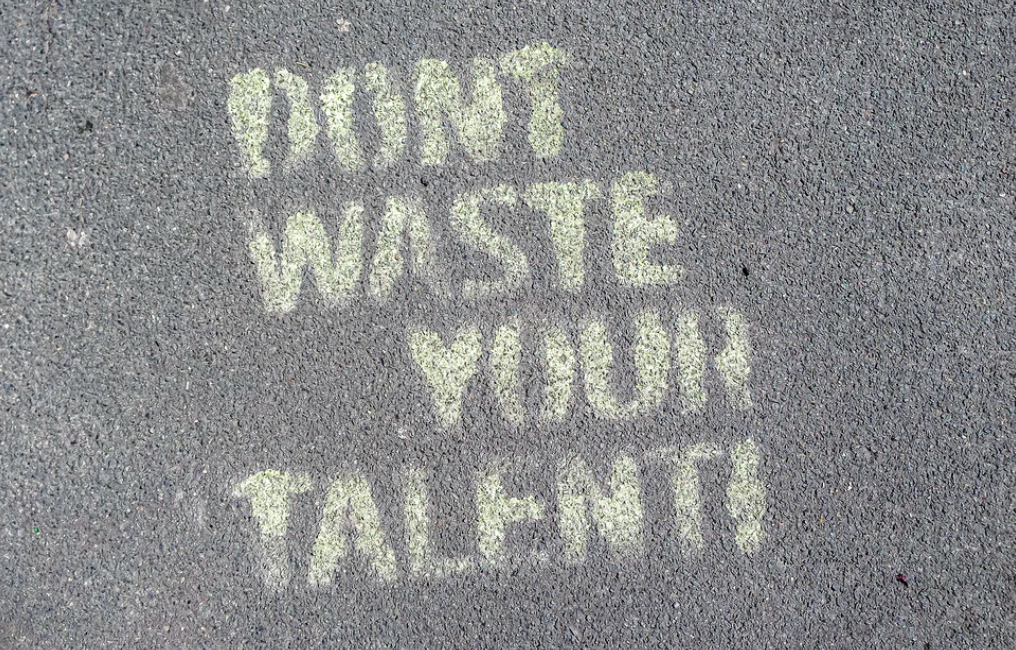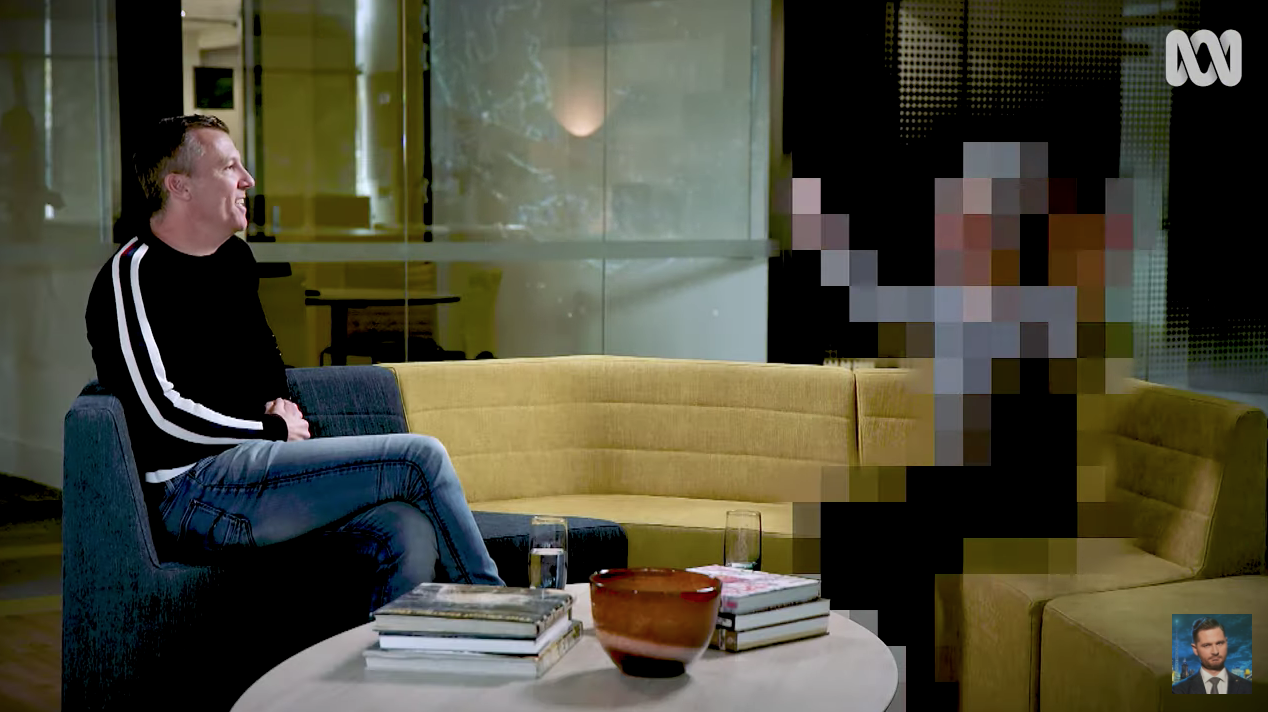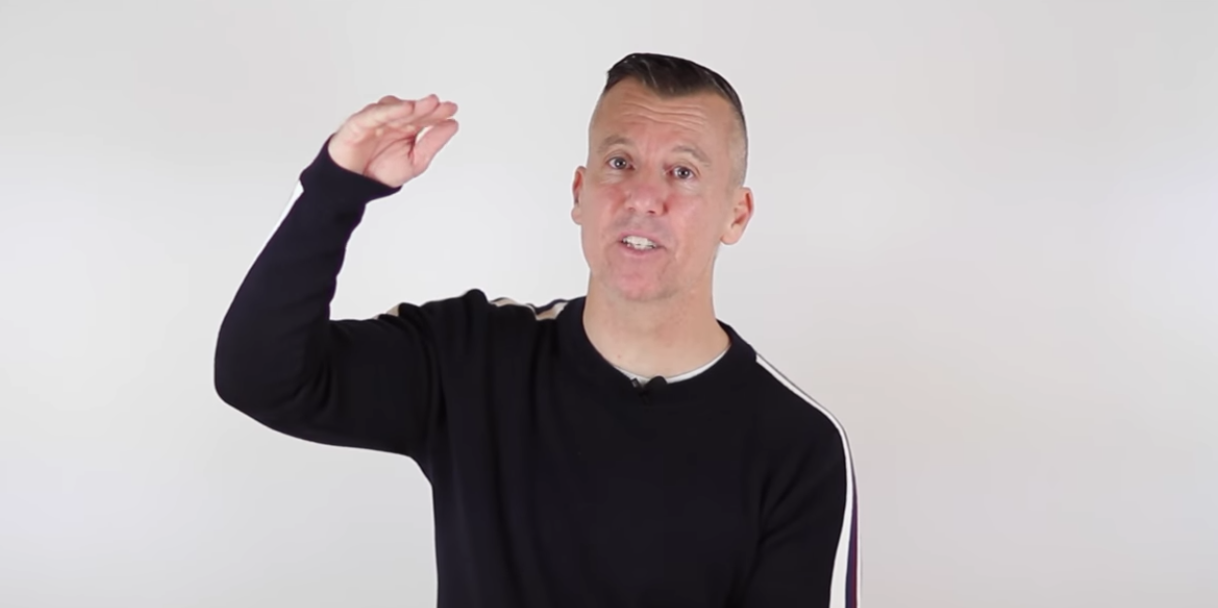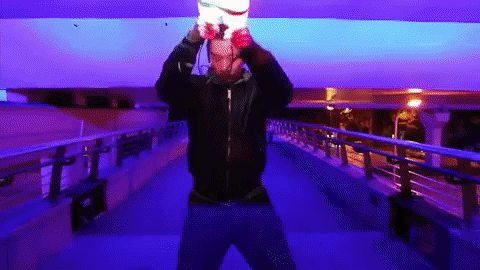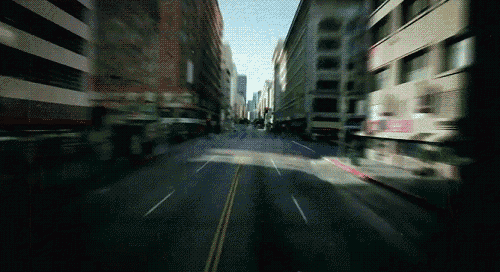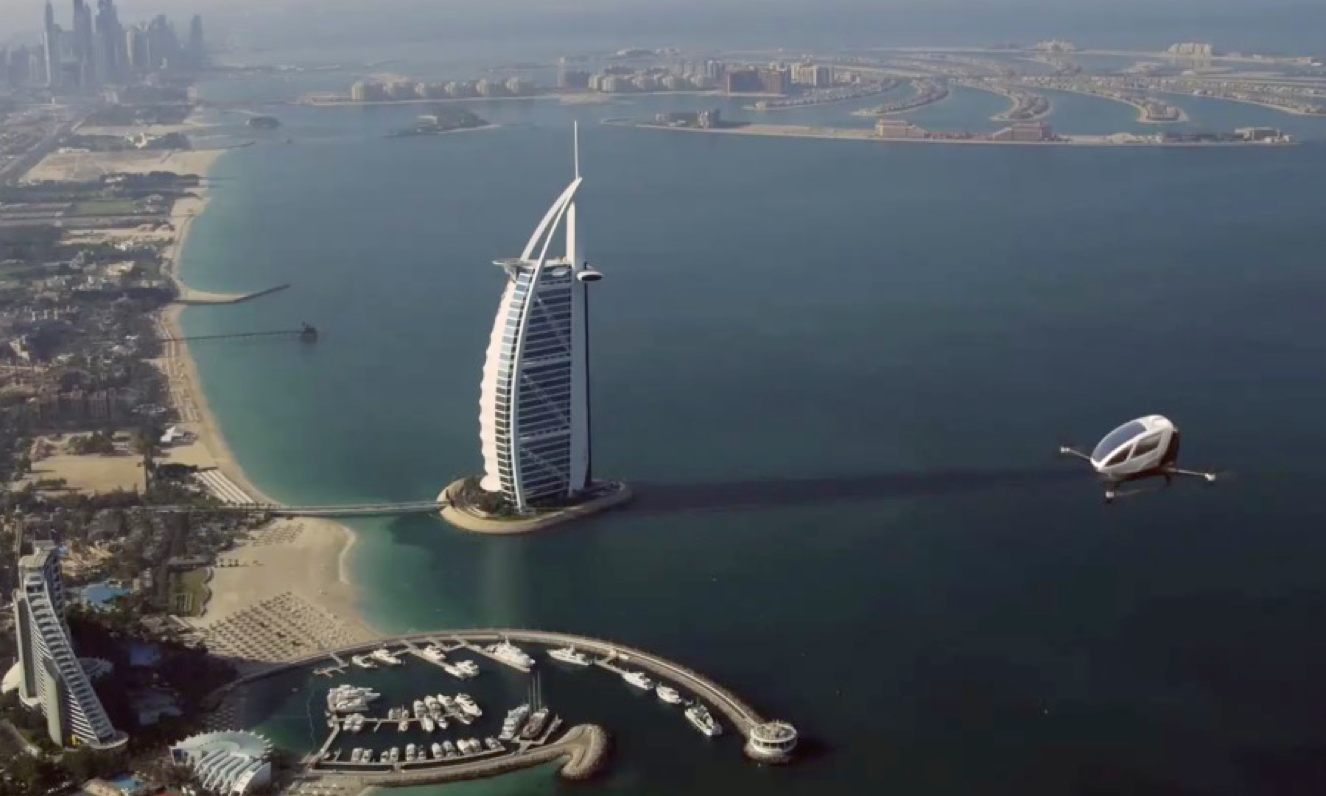
If you’re like me, you’re probably thrilled to start seeing something other than the four walls of your own home. The Covid-19 crisis will be a long overdue start to influencing changes to the buildings we spend our time in.
The Merger – Now that information work has finally reached its mobility phase, houses and offices will start to change shape. The major change is that spaces for work and living will start to replicate each other, with differences in size and scale. We can already see it in the home. Technology that used to solely reside in offices has begun to spring up in our homes. The technology we now have in the home is usually as good and often better than what we have at work. Offices are starting to look less like cubicle farms with the arrival of lounge spaces, entertainment zones, eating areas – somewhat replicating what we see in boutique hotels. What’s ironic is that this is how things used to be pre-industrialisation. We lived where we worked. Craftsmen had workshops out the back of houses. Bakers lived on top of their shop front. Now that many of us are becoming modern day digital craftspeople, we are going back to that model.
The first part of the process was the delineation of working and leisure hours evaporated. Now it’s about to happen to our spaces and they’re starting to replicate each other.
Caves with Widgets – We’ve been living in caves for a very long time, albeit these days they come with modern day comforts. It is valuable to remind ourselves of how we got to now by looking at how long some of the current technologies in our homes have been around:
- Letterboxes – Mail services started encouraging their installation in houses for deliveries in the mid-1800s.
- Indoor plumbing – In the 1860s, only 5% of American houses had running water. Flush toilets were still uncommon until the mid 1900s.
- Driveways – Only became a standard inclusion fewer than 80 years old ago.
- Electricity – Uncommon in suburban homes until the 1930s.
- White goods (electricity needed) – Rare in modern economies until post WWII.
- Televisions – In 1956 in Australia
- VCRs – Early 1980s
- Home Computers – Mid-1980s
- Internet – Mid-1990s
So what’s coming?
Zero Energy Buildings: The ZEB movement is a system where a building generates all of the energy it requires. In the near future, the walls and roof of every new or retrofitted building will be capable of generating power. This will be primarily through solar and micro wind turbines, as well as piezoelectric technology that converts kinetic energy generated by raindrops hitting a building to electricity – yes, this already exists. The energy rating of buildings in the future won’t just be about efficient use of energy – it will be about creating an excess, more than it needs. It will become the new normal.
Houses that Change Shape: Walls will be moveable in most apartments to maximise space usage across different hours of the day, like hotels often do in its meeting spaces. They’ll become modular. Houses of the future will be designed with non-permanent room sizes, allowing us to get more from less. Kitchens and eating spaces will be able to expand and converted back into lounge rooms or even cinema rooms.
Delivery Boxes Replace Letterboxes: The letterbox is sorely in need of an upgrade. Our houses now are the recipients of packages, not letters. You’d think e-commerce hadn’t happened yet! In the future, letterboxes will have three sections: dry, fridge and frozen, so it could take all kinds of deliveries. Letterboxes will likely be as big as a fridge and possibly underground, with a button for the courier to press, so it could rise up to take the delivery. When a delivery arrives, the recipient is notified and can view live video footage, to verify the delivery person’s identity. Using a smartphone, the recipient could open the delivery unit and check that the delivery is as ordered, using near field communication readers (RFID) and image recognition cameras. The delivery unit would be secure as a safe for delivery of high value items and be powered under a ZEB doctrine.
Upgraded Home Office and Virtual Reality Room: We can expect the home office to receive a massive upgrade. High-end home offices will be as common as gourmet kitchens, given their importance in generating income for many households. We’ll have virtual reality meeting rooms with travelator floors to make us feel that we are in the same room as someone else on the other side of the world. These spaces will lead us to question why we need to go to the office at all. These video studios will be capable of creating content to make even the most advanced YouTuber salivate. We’ll also use our VR rig, including haptic gloves and suits, to shop online for things we want to touch and experience before purchasing. We’ll also use it to exercise and browse holiday accommodation and experiences, using a treadmill to keep us stationary while we seemingly explore other places.
A.I. Enabled: Automation utilising voice and gesturing will replace traditional interactions and buttons to manage re-ordering of household items. We’ll literally be talking to the walls! This is a battleground Amazon, Google and Apple are already deeply ensconced in. Convenience will be high, but privacy and security concerns will need to be overcome for mass adoption.
Drone delivery and landing pads: Our growing parcel deliveries need to land somewhere. Apartment buildings are already being designed with landing pads on rooftops and your house will be no different. Maybe it will have an automatic opening lid that closes over after the drop off has been made or the package might go straight into a delivery box. We can also expect new houses to have rooftop landing pads for Vertical Take Off and Landing (VTOL) vehicles that will become common within 20 years. In fact, ‘flying cars’ have a high probability of beating autonomous vehicles to deep market penetration, given they don’t have to work around existing infrastructure and pedestrian safety issues.
Smart Toilet: I’ve written about this before. We can expect it to be our health partner in life and since Alphabet had a patent approved on the smart bathroom last year, this is one of those realities which will surprise with its speed of arrival.
Smart shower: One that takes a photo of you every day… not to invade your privacy, but to ensure it knows you have a dangerous sun spot long before you do.
Glass = Screen: If you’ve always wanted a house with a view, it’s about to become a lot cheaper than anyone expects. All the glass in our homes will become web-enabled screens. The resolution of our windows will be indistinguishable from an actual view into the real world. All of a sudden, anyone can have a real-time harbour view that changes perspective on different windows in the house to deliver a very lifelike experience. Maybe owners of actual harbour mansions will monetise their views via a live feed cam? Or maybe nimble entrepreneurs can set up HD webcams in places of great beauty? Live feeds of idyllic vineyards in the Loire Valley, anyone?
Charging Stations in All Driveways: Our driving future is all electric, as is our entire economy. Expect that every place cars stop will have a charging facility on hand. If they ever stop – I’ll probably send mine out to work for me when I’m not using it.
So, if you are wondering how buildings will change, wonder no more. The exciting part is that there’s many more changes we could add to this list. In a changing world, this is where tomorrow’s jobs and industries will emerge. The opportunities created are equal for existing companies and startups. The technology for all of these ideas already exists. It’s not a question of if – it’s a matter of who and when.
I had a fun radio interview on this topic you can listen to here.
– – –
Keep thinking.
Steve.
